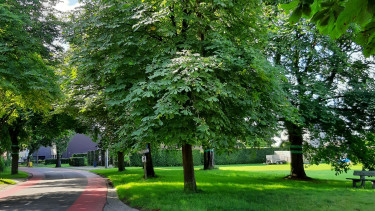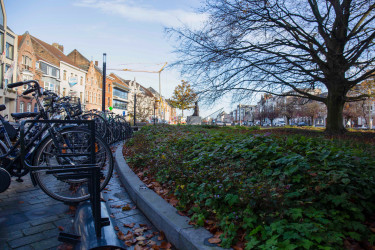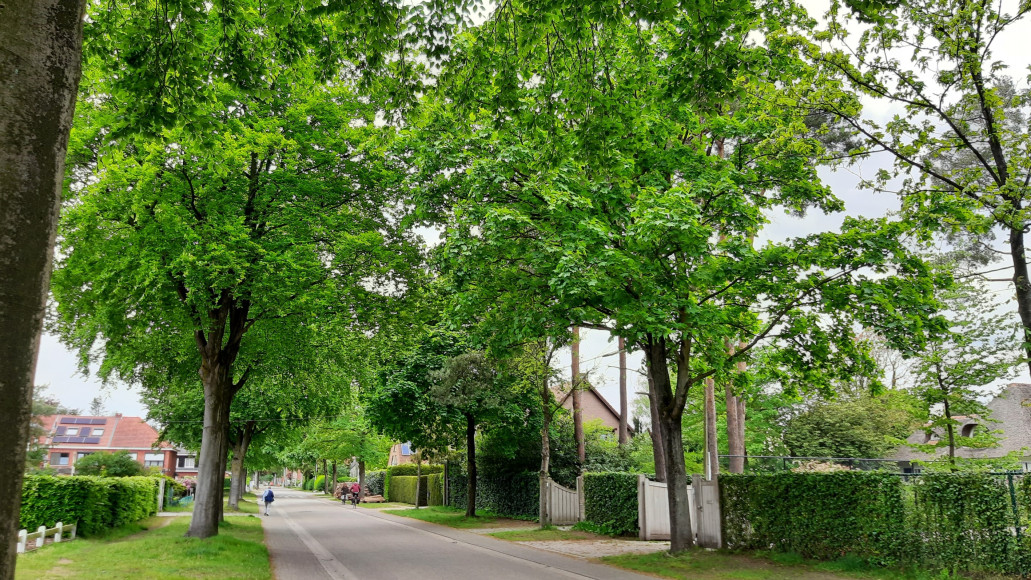With the European Commission's climate ambitions in mind, Flanders has also drawn up the Local Energy and Climate Pact (LEKP) in recent years. One of its goals is to plant a tree for every Fleming by 2030. What specific actions are needed to achieve all the pact's various goals? We explained at the “Vakbeurs Openbare Ruimte” how sustainable foliage can be a first step.




